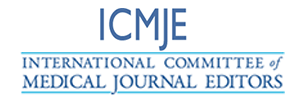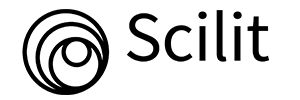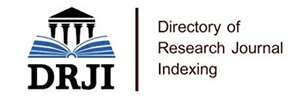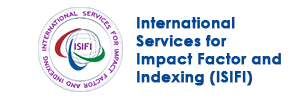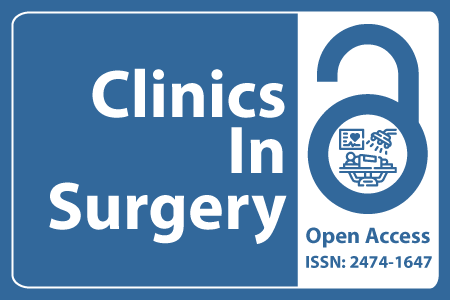
Journal Basic Info
- Impact Factor: 1.995**
- H-Index: 8
- ISSN: 2474-1647
- DOI: 10.25107/2474-1647
Major Scope
- Urology
- Bariatric Surgery
- Pediatric Surgery
- Ophthalmic Surgery
- Gynecological Surgery
- Endocrine Surgery
- Minimally Invasive Surgery
- General Surgery
Abstract
Citation: Clin Surg. 2022;7(1):3448.Case Series | Open Access
Treatment of Refractory Condylomata Acuminata with 5-Aminolevulinic Acid-Photodynamic Therapy Combined with Tretinoin: Report of 66 Cases
Yue Li1, Kang Ge2 and Ru-Zhi Zhang1*
1Department of Dermatology, The Third Affiliated Hospital of Soochow University, China
2Department of Dermatology, The First Affiliated Hospital of Bengbu Medical University, China
*Correspondance to: Ru-Zhi Zhang
PDF Full Text DOI: 10.25107/2474-1647.3448
Abstract
Condylomata Acuminata (CA) is an infectious disease caused by Human papillomavirus (HPV) presenting as epidermal hyperplasia. CA is characterized by a long course of disease, easy recurrence after treatment and a potential risk for skin cancer. Traditional treatments for CA include topical remedies and surgical treatments. In addition to being painful and possible scarring, most conventional treatments are accompanied by a high rate of recurrence. And it is difficult to achieve the desired therapeutic effects with traditional treatment strategies. 5-Aminolevulinic Acid (ALA)- mediated Photodynamic Therapy (ALA-PDT) can selectively destroy CA in the epidermis and ensures a better efficacy with fewer side effects such as scarring, which is important for the anogenital region. We report here a series of 66 cases of refractory anogenital CA treated with ALAPDT combined with tretinoin and all lesions were completely cured without recurrence. We believe that ALA-PDT combined with tretinoin can be used as an efficient and safe option to treat refractory anogenital CA.
Keywords
Cite the article
Li Y, Ge K, Zhang R-Z. Treatment of Refractory Condylomata Acuminata with 5-Aminolevulinic Acid-Photodynamic Therapy Combined with Tretinoin: Report of 66 Cases. Clin Surg. 2022; 7: 3448..
